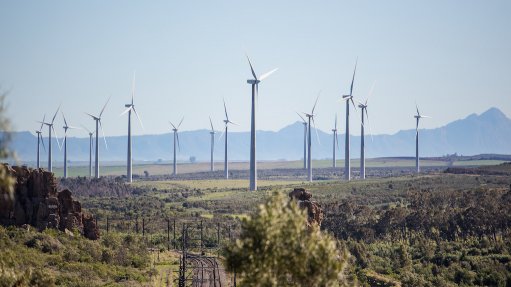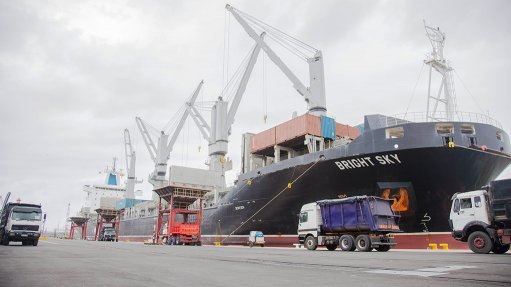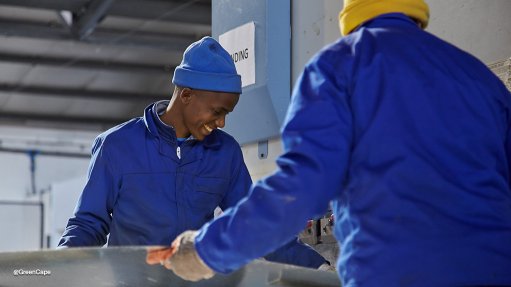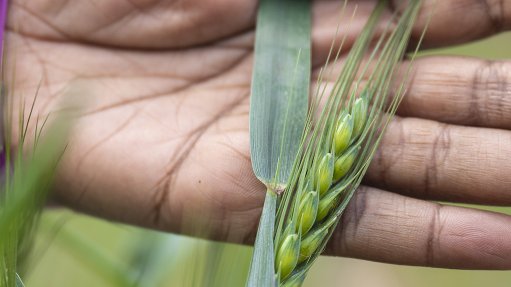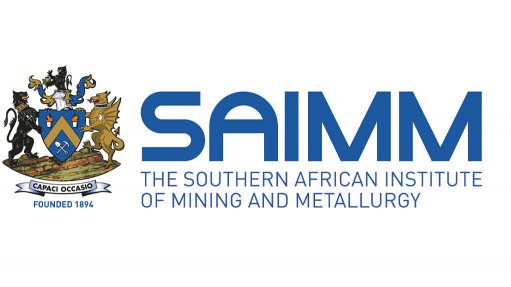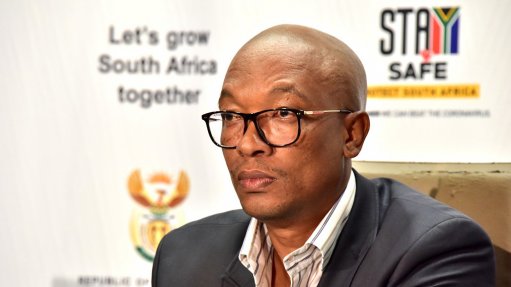Modernising South Africa’s electricity to end load shedding must be done with the inclusion of renewable energy sources
This article has been supplied by the author and has not been written or solicited by Creamer Media. It may be available only for a limited time on this website.
By Herman Mare, General Manager Protection and Control at ACTOM
In South Africa today, a reliable and stable electricity supply is essential for both businesses and households. However, persistent load shedding and grid instability significantly disrupt daily life and hinder economic activity.
Last year, rolling blackouts of between six and 12 hours a day, or so-called stage 3 and stage 6 load shedding, cost the economy between R204 million and R899 million a day according to the South African Reserve Bank.
Persistent load shedding affects both businesses and households in significant ways. Businesses, especially in the manufacturing sector, suffer productivity disruptions that often result in revenue loss and can even result in job losses, while households are subjected to social disruptions, health and safety concerns and psychological stress.
Many businesses that want to continue operating during load shedding have to carry the additional burden of investing in backup power systems, such as generators and uninterrupted power supply solutions. However, for many smaller enterprises, prohibitive costs mean that this is simply not an option.
To address the country’s electricity grid challenges and ensure a secure electricity generation plan, collaboration with different stakeholders, particularly through frameworks like the Integrated Resource Plan (IRP), will be key.
Shaping the energy mix
The IRP is essentially a roadmap for the next 20-30 years that will shape South Africa’s energy mix. By collaborating with different stakeholders, players in the energy space can get diverse and valuable perspectives, which can help with planning and optimising resource allocation. However, for these plans to be realised, they must be supported by well-defined policies and frameworks.
Aligning efforts with the IRP has resulted in more sustainable solutions for grid stability and electricity generation, as suppliers and utilities are on the same page and funding and engineering resources are focused on common areas. This means that instead of solutions being pushed by a single sector of industry, they can be driven by all stakeholders towards achieving a common goal. When suppliers and utilities are aligned, we see the development and adoption of renewable energy technologies, such as battery storage systems or demand-side management software that allow existing capacity to be better utilised.
At the same time, there is also a need to upgrade infrastructure and investment in renewable energy sources as a means of mitigating load shedding and improving the reliability of the national grid. South Africa’s ageing grid infrastructure often fails due to the implementation of load shedding, not only due to its current state but also because it was not designed for the number of operations it is subjected to when the electricity supply is switched off and on regularly.
Prepare for the future
At this stage, any grid infrastructure upgrade would be welcome, almost at any level. However, upgrades must be done with renewable energy sources in mind, instead of mere like-for-like replacements. By spending a bit more money, we can reduce our reliance on coal and prepare for future renewable energy sources. In the long run, this is a more financially efficient approach.
It is equally important to future-proof the grid against potential disruptions by ensuring that it is not reliant on a single source of energy, and this is where renewables will play a major role. Futureproofing can thus be achieved by creating redundancy and resilience.
Redundancy ensures that there are multiple energy sources and resilience is the ability to switch between them. Digitalisation and smart grid technology will ensure that switching between energy sources is automated and results in a seamless and reliable energy supply for end customers.
Ultimately, modernising South Africa’s electricity grid must be done with renewables in mind. However, modernisation can only succeed if it is supported by policies and regulations such as the IRP and backed by funding that will galvanise the industry into action.
Comments
Press Office
Announcements
What's On
Subscribe to improve your user experience...
Option 1 (equivalent of R125 a month):
Receive a weekly copy of Creamer Media's Engineering News & Mining Weekly magazine
(print copy for those in South Africa and e-magazine for those outside of South Africa)
Receive daily email newsletters
Access to full search results
Access archive of magazine back copies
Access to Projects in Progress
Access to ONE Research Report of your choice in PDF format
Option 2 (equivalent of R375 a month):
All benefits from Option 1
PLUS
Access to Creamer Media's Research Channel Africa for ALL Research Reports, in PDF format, on various industrial and mining sectors
including Electricity; Water; Energy Transition; Hydrogen; Roads, Rail and Ports; Coal; Gold; Platinum; Battery Metals; etc.
Already a subscriber?
Forgotten your password?
Receive weekly copy of Creamer Media's Engineering News & Mining Weekly magazine (print copy for those in South Africa and e-magazine for those outside of South Africa)
➕
Recieve daily email newsletters
➕
Access to full search results
➕
Access archive of magazine back copies
➕
Access to Projects in Progress
➕
Access to ONE Research Report of your choice in PDF format
RESEARCH CHANNEL AFRICA
R4500 (equivalent of R375 a month)
SUBSCRIBEAll benefits from Option 1
➕
Access to Creamer Media's Research Channel Africa for ALL Research Reports on various industrial and mining sectors, in PDF format, including on:
Electricity
➕
Water
➕
Energy Transition
➕
Hydrogen
➕
Roads, Rail and Ports
➕
Coal
➕
Gold
➕
Platinum
➕
Battery Metals
➕
etc.
Receive all benefits from Option 1 or Option 2 delivered to numerous people at your company
➕
Multiple User names and Passwords for simultaneous log-ins
➕
Intranet integration access to all in your organisation









